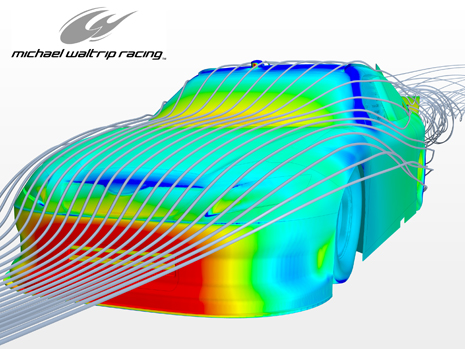Quote:
Originally Posted by kach22i

As I understand it, at speed ( while traveling down the road) there is an air pressure build-up at the front of the car as the air is compressed.
A lot of that pressure is at the lower chin because the air at the top part of the front has an easy escape path up and over the hood, there is acceleration of the air and lowering of pressure when this happens.
Meanwhile the air attempting to escape under the car is not allowed to expand or escape and remains compressed under high pressure.
Look at your radiator, all those little fins.
Do you think air is going to easily pass through if there is no pressure behind it to back it up?
Or do you think higher pressure air has a better chance of being pressed though it?
NASCAR Computational Fluid Dynamics (CFD) Surface Pressure Plot
https://robrobinette.com/S2000Aerodynamics.htm

Short answer: Upper grille block is the norm around here. |
Technically,there wouldn't be any compressive effects until around 250-mph,when the car would enter transonic flow.
At low speed,the air at the forward stagnation point would have the highest pressure,as it has zero velocity.